Genius behind hundreds of county's finest landmarks
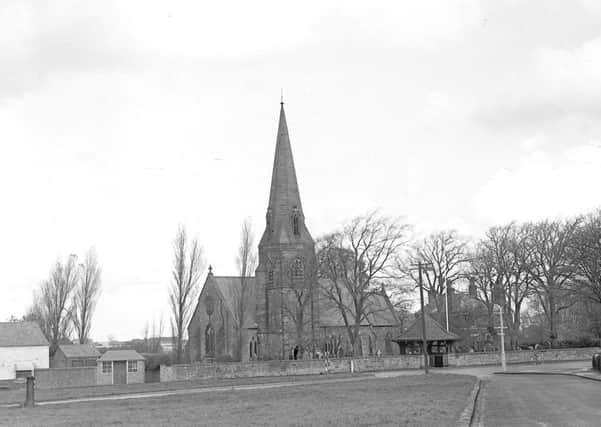

His outstanding designs can be seen across the county, including on the Fylde coast.
Notable architect Edward Graham Paley’s major work was the design of new churches, but he also rebuilt, restored, and made additions and alterations to many existing churches.
Advertisement
Hide AdAdvertisement
Hide AdHe also carried out secular commissions, mainly on country houses in the north west.
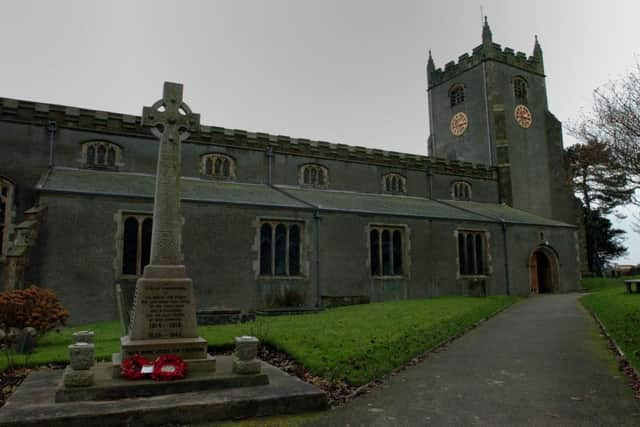

A vicar’s son, he went on to design many churches in the area with his biggest achievement being St Peter’s Cathedral, Lancaster.
The scale of the new place of worship – based on English Gothic churches of around 1300 – was seen to reflect a bygone era when the glory of a Catholic England was unopposed and unsurpassed.
Advertisement
Hide AdAdvertisement
Hide AdWork on the cathedral started in 1857 funded largely by bequests and private subscriptions from Lancaster’s wealthy Catholic families.
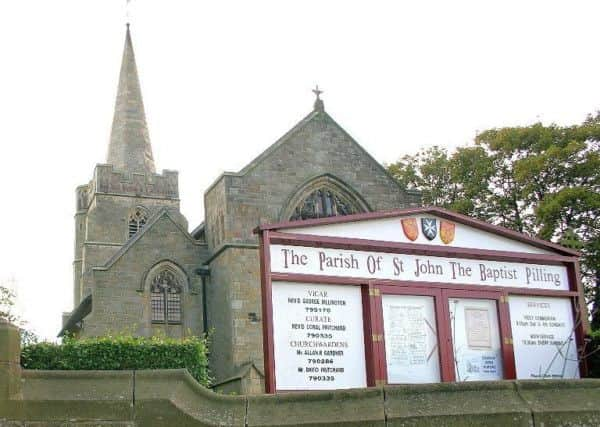

St Peter’s, with its 240-foot spire towering over a Lancaster skyline which yet had to see the Ashton Memorial, was a real architectural statement.
It was consecrated on October 4, 1859 and featured an aisled nave, transepts, four-sided apse, various chapels and bell tower.
It was after Sharpe retired, and when Paley was working with the help of assistants, he was commissioned to design a building for Lancaster Carriage and Wagon Works where he just happened to be a director.
Advertisement
Hide AdAdvertisement
Hide AdHe set to work on designing the huge industrial site – now Standfast & Barracks fabric printers, passed by thousands of people each day travelling in or out of Lancaster along Caton Road – in 1863 and the building was completed in 1865.
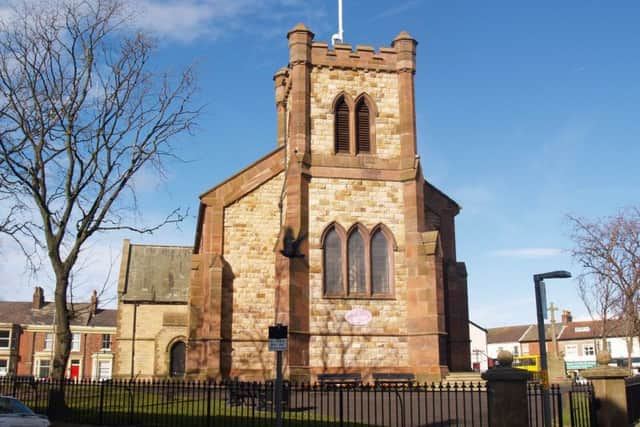

It was a prolific period and also during that time, Paley designed a wide range of buildings from churches and private houses to railway premises.
Among other buildings in Lancashire which Paley was solely responsible for are: St Mary and St Michael RC Church, Garstang; St Mark’s Church in Preston; St Annes Church in Singleton and St James’s Church, Wrightington.
He also virtually rebuilt St Laurence’s Church in Chorley, restored St Mary’s Church in Penwortham and enlarged Wyresdale Hall in Scorton. He was joined in his endeavours by Hubert Austin in 1868.
Advertisement
Hide AdAdvertisement
Hide AdTogether Paley and Austin designed hundreds of churches and public buildings during the Victorian period, including the Royal Lancaster Infirmary, the remodelling of Capernwray Hall, rebuilding of All Saints’ Church, Wigan and Rossall School.
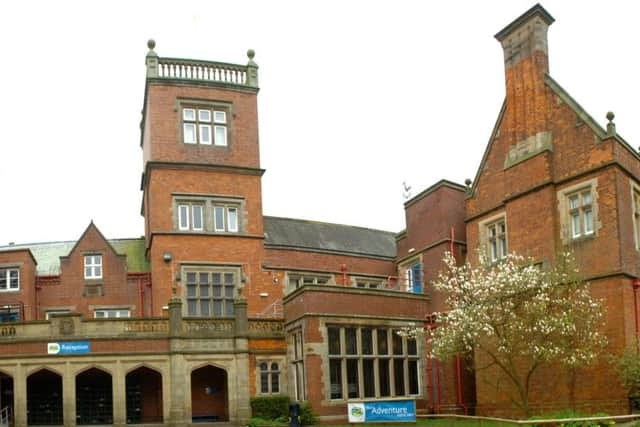

They remodelled parts of St Peter’s Church, in Fleetwood, in 1883, built a new church in Pilling – St John the Baptist Church, St Cuthbert’s Church, Lytham; St Annes Parish Church in St Annes, and St Nicholas Church, Wrea Green, as well as Winmarleigh Hall.
But what sort of man was Edward Paley?
Thanks to James Price’s book on Sharpe, Paley and Austin we know quite a lot about the man behind many a Lancashire landmark.
Like many professional men in Victorian times, Paley seemed to have his fingers in many pies.
Advertisement
Hide AdAdvertisement
Hide AdHe was a committee member of Lancaster’s Storey Institute and Royal Albert Asylum as well as being a borough councillor for a while.
He succeeded Sharpe as Bridgemaster of the Hundred of South Lonsdale and designed the road bridge over the River Lune at Caton.


An enthusiastic rower, along with Sharpe he founded Lancaster Rowing Club and his interest in music was reflected in his membership of the local Choral Society.
Paley was a very sociable person who seemed to be well-liked. He was described as “one of nature’s gentlemen who was always cheerful and friendly”.
Advertisement
Hide AdAdvertisement
Hide AdHe married Edmund Sharpe’s sister and together with his wife and four children lived at The Greaves, in Lancaster.
On his death from typhoid on January 23, 1895, he had a very well attended civic funeral but his legacy continued for many years, well into the 20th century.
Between 1836 and 1942, the architectural dynasty of Sharpe, Paley and Austin undertook more than 600 commissions across the North West England,
ranging from churches, railway stations and hospitals.